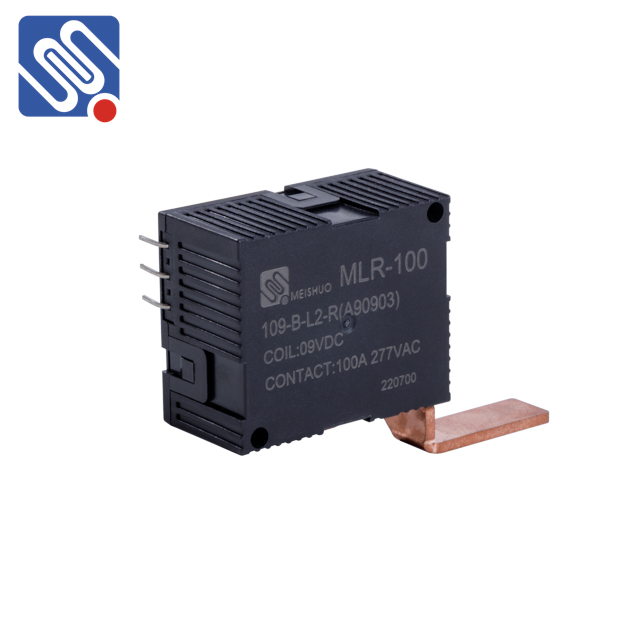Relays are integral components in electrical and electronic systems, playing a critical role in controlling circuits by opening and closing contacts in response to an external signal. These components are widely used in automation, protection systems, and power switching applications. However, selecting the right relay for a specific application requires an understanding of its key parameters. In this article, we will explore the primary relay parameters, their significance, and how they impact the performance of a relay in various applications.

Coil Voltage The coil voltage, often referred to as the “pick-up” voltage, is the voltage required to energize the relay coil and switch the contacts from their default position to the active state. Relays are available in both direct current (DC) and alternating current (AC) configurations, and the coil voltage varies accordingly. When selecting a relay, it’s crucial to match the coil voltage with the supply voltage of the system to ensure proper activation. Choosing a coil voltage that is too high or too low can result in inefficient operation or failure to switch. Contact Configuration